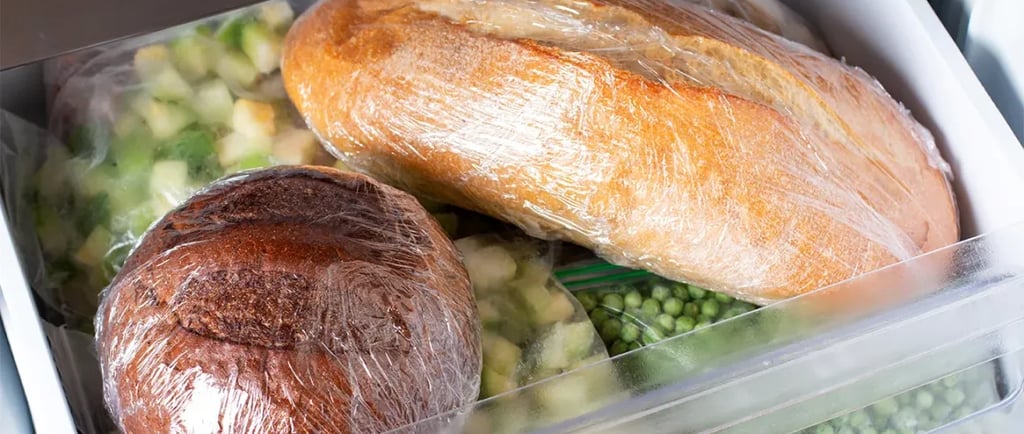What is resistant starch and how can it help you better control your blood glucose?
Discover how resistant starch can help you control glucose spikes and improve insulin resistance. Learn simple ways to include it in your diet and naturally boost your health.
Pablo Navarro Moyano


Did you know that certain types of bread can help you maintain more stable blood glucose levels? In a world where glucose spikes and insulin resistance have become common concerns, certain foods rich in resistant starch (RS) can be allies for your health. Here, I’ll explain how it works and how you can benefit from it.
What is resistant starch?
Resistant starch is a type of carbohydrate that, unlike others, isn’t easily digested in the small intestine. This allows it to reach the colon, where it acts as fiber and is fermented by beneficial gut bacteria. This slower digestion helps prevent blood glucose spikes after meals, offering metabolic health benefits.
Types of resistant starch:
There are different types of resistant starch:
RS1 and RS2: Found in whole foods such as certain grains and vegetables.
RS3: Forms when starchy foods, like bread, are cooked and then cooled. For example, freezing and then toasting bread increases RS3, which can help you maintain stable glucose levels.
RS5: A newer type that combines starch and lipids, also shown to have positive effects on glucose control and gut health.
How to incorporate it into your diet:
Recent studies show that preparing bread in certain ways can increase its resistant starch content. Freezing and then toasting bread before eating it is a simple way to take advantage of this benefit. This way, you can enjoy bread without worrying as much about glucose spikes.
Resistant starch is gaining popularity for its benefits in glucose stability and insulin resistance. If you’re looking for a simple way to improve your diet without giving up your favorite foods, adding resistant starch might be the answer.
Want to learn more about how to keep your glucose levels stable? Contact us at Nvrr Nutrition and discover how to personalize your diet to suit your needs and improve your health.
(1) Sullivan WR, Hughes JG, Cockman RW, Small DM. The effects of temperature on the crystalline properties and resistant starch during storage of white bread. Food Chemistry 2017 -01-31;228:57.
(2) Selomulyo VO, Zhou W. Frozen bread dough: Effects of freezing storage and dough improvers. Journal of Cereal Science 2007 -01;45(1):1.
(3) Korus J, Witczak M, Ziobro R, Juszczak L. The impact of resistant starch on characteristics of gluten-free dough and bread. Food Hydrocolloids 2009 -05;23(3):988.
(4) Roman L, Martinez MM. Structural Basis of Resistant Starch (RS) in Bread: Natural and Commercial Alternatives. Foods 2019 -07-19;8(7).
(5) Burton P, Lightowler HJ. The impact of freezing and toasting on the glycaemic response of white bread. Eur J Clin Nutr 2007 -04-04;62(5):594.
(6) Ribotta PD, León AE, Añón MC. Effect of Freezing and Frozen Storage of Doughs on Bread Quality. J Agric Food Chem 2001 -01-06;49(2):913.
(7) Bárcenas ME, Haros M, Benedito C, Rosell CM. Effect of freezing and frozen storage on the staling of part-baked bread. Food Research International 2003 -01;36(8):863.
Nutrición adaptada a tu estilo de vida
NvrrNutrition@gmail.com
© 2024. All rights reserved.